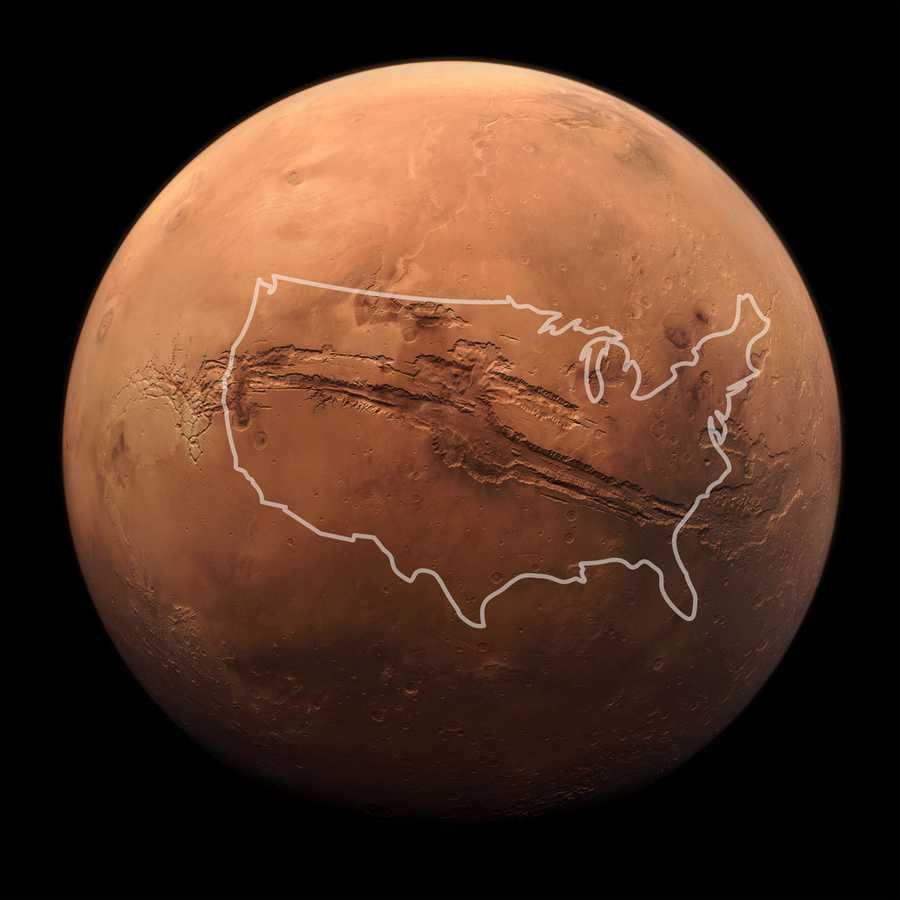Mars: Past missions, major discoveries
Since 1960, dozens of spacecraft have been sent to Mars. It is difficult to send a spacecraft to Mars and even harder to land on the planet because of the thin atmosphere.
Data revealed the largest volcanoes in the solar system and one of the largest canyons yet discovered. Dust storms regularly sweep over the plains. Several spacecraft orbiting Mars shows an active planet rich in ingredients needed for life - water, organic carbon, and an energy source.
18
61 reads
The idea is part of this collection:
Learn more about scienceandnature with this collection
How to manage digital distractions
The impact of technology on mental health
The importance of setting boundaries
Related collections
Similar ideas to Mars: Past missions, major discoveries
Surface
The red planet is actually many colors. At the surface, we see colors as brown, gold, and tan. The reason Mars looks reddish is due to oxidization—or rusting—of iron in the rocks, regolith (Martian “soil”), and dust of Mars. This dust gets kicked up into the atmosphere and from a distance makes t...
Read & Learn
20x Faster
without
deepstash
with
deepstash
with
deepstash
Personalized microlearning
—
100+ Learning Journeys
—
Access to 200,000+ ideas
—
Access to the mobile app
—
Unlimited idea saving
—
—
Unlimited history
—
—
Unlimited listening to ideas
—
—
Downloading & offline access
—
—
Supercharge your mind with one idea per day
Enter your email and spend 1 minute every day to learn something new.
I agree to receive email updates
